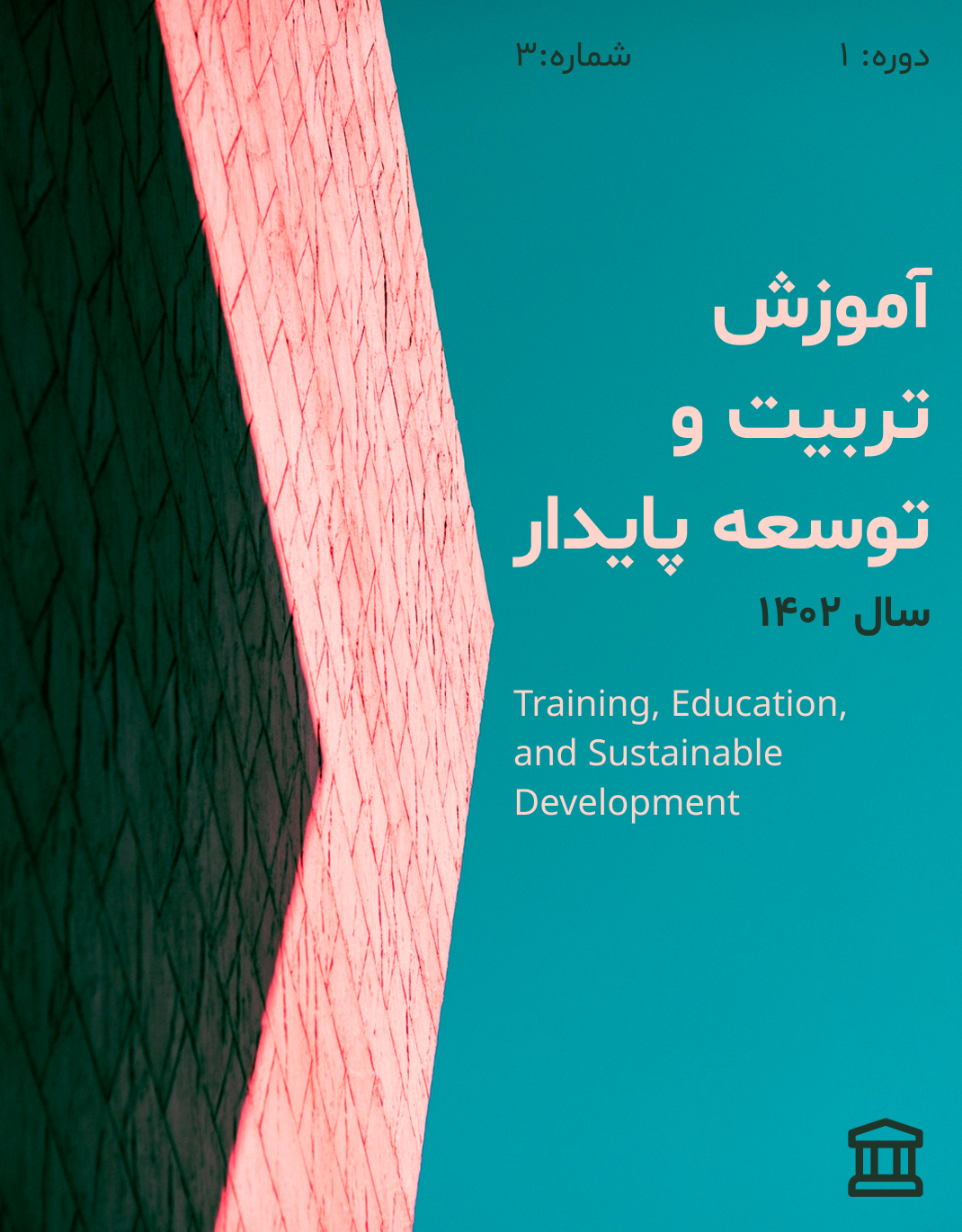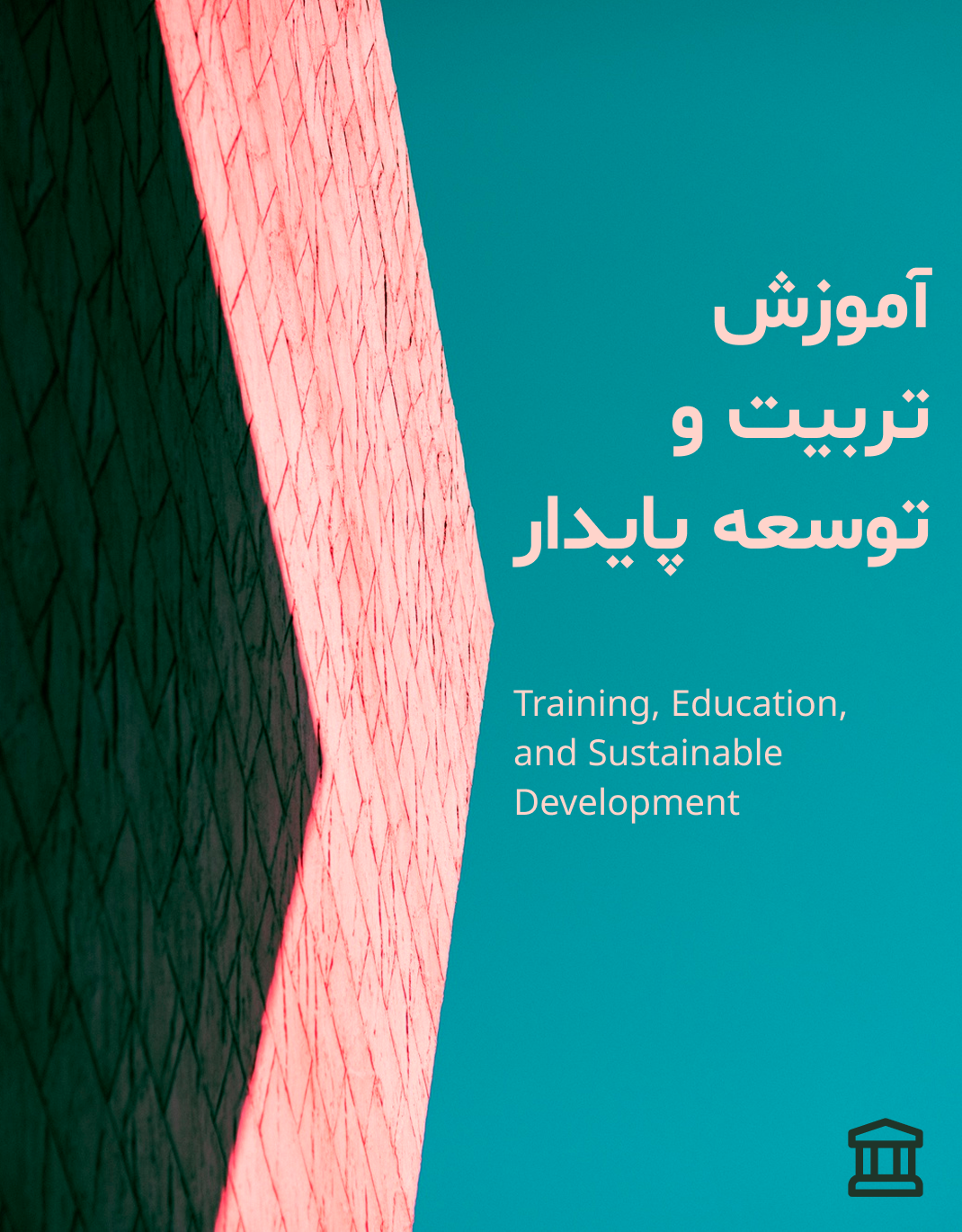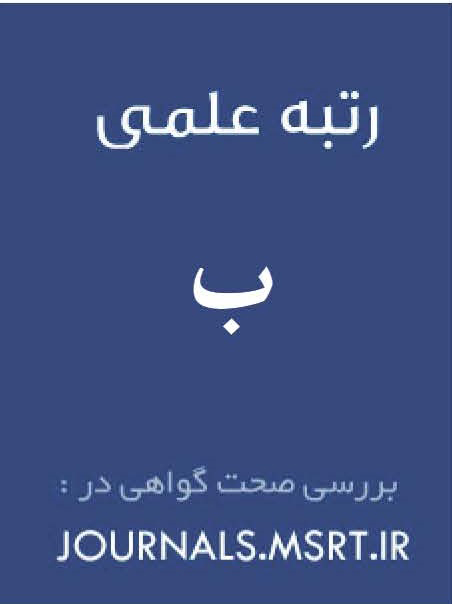Identifying Barriers to Improving the Quality of Education in Underserved Areas: A Qualitative Study
Keywords:
Education quality, disadvantaged areas, structural barriers, teacher motivation, local participation, thematic analysisAbstract
This study aimed to identify the barriers to improving the quality of education in underserved areas of Iran based on the perspectives of teachers, school principals, and education experts. This qualitative study employed thematic analysis. Fourteen participants, including experienced teachers, school administrators, and education specialists familiar with disadvantaged regions, were selected through purposive sampling. Data were collected using semi-structured interviews and continued until theoretical saturation was achieved. Data were analyzed using NVivo software based on Braun and Clarke’s six-phase thematic analysis method. The analysis revealed three main categories of barriers: (1) Structural and infrastructural barriers, including lack of physical facilities, insufficient funding, limited educational technology, transportation problems, and centralized decision-making; (2) Human and professional barriers, including shortage of qualified teachers, low teacher motivation, inadequate professional capacity, family distrust of education, ineffective evaluation systems, and absence of counselors; and (3) Cultural and social barriers, such as family poverty, negative attitudes toward education, language challenges, population instability, and weak local engagement. Improving the quality of education in disadvantaged areas requires a comprehensive approach addressing structural, human, and cultural factors. Effective policymaking must prioritize decentralization, teacher empowerment, infrastructure development, and community participation.
Downloads
References
Creswell, J. W. (2013). Qualitative inquiry and research design: Choosing among five approaches. Sage Publications.
Ghasemi, A. (2019). Migration and Educational Challenges in Disadvantaged Areas of Iran. Iranian Journal of Sociology, 20(2), 89–112.
Iran Human Rights Center. (2022). Report on Educational Inequality in Iran’s Marginalized Provinces.
Mousavi, H. (2020). Socioeconomic Barriers to Education in Iran’s Poor Regions. Journal of Educational Research, 15(1), 45–59.
Pourebrahim, N. (2021). Language Barriers in Multilingual Classrooms: A Case Study in Sistan. Journal of Multicultural Education, 12(3), 98–110.
Rahimi, M. (2018). Structural Centralism and Educational Planning: Barriers to Local Autonomy in Iran’s Rural Schools. Educational Policy Research, 10(2), 34–50.
Sadeghi, M., & Mahmoudi, A. (2021). Quality of Education in Disadvantaged Areas: Challenges and Strategies. Iranian Journal of Education, 18(4), 76–93.
Sen, A. (1999). Development as Freedom. Oxford University Press.
Shirvani, R., & Ghaffari, S. (2020). Teacher Shortage and Educational Inequality in Iran: A Regional Analysis. Quarterly of Educational Planning, 9(1), 57–74.
Tavakol, A., & Ahmadi, F. (2019). Poverty and School Dropout in Southern Iran. Social Welfare Quarterly, 19(3), 133–151.
UNESCO. (2020). Global Education Monitoring Report: Inclusion and Education – All Means All. United Nations Educational, Scientific and Cultural Organization.
Downloads
Published
Submitted
Revised
Accepted
Issue
Section
License

This work is licensed under a Creative Commons Attribution-NonCommercial 4.0 International License.


